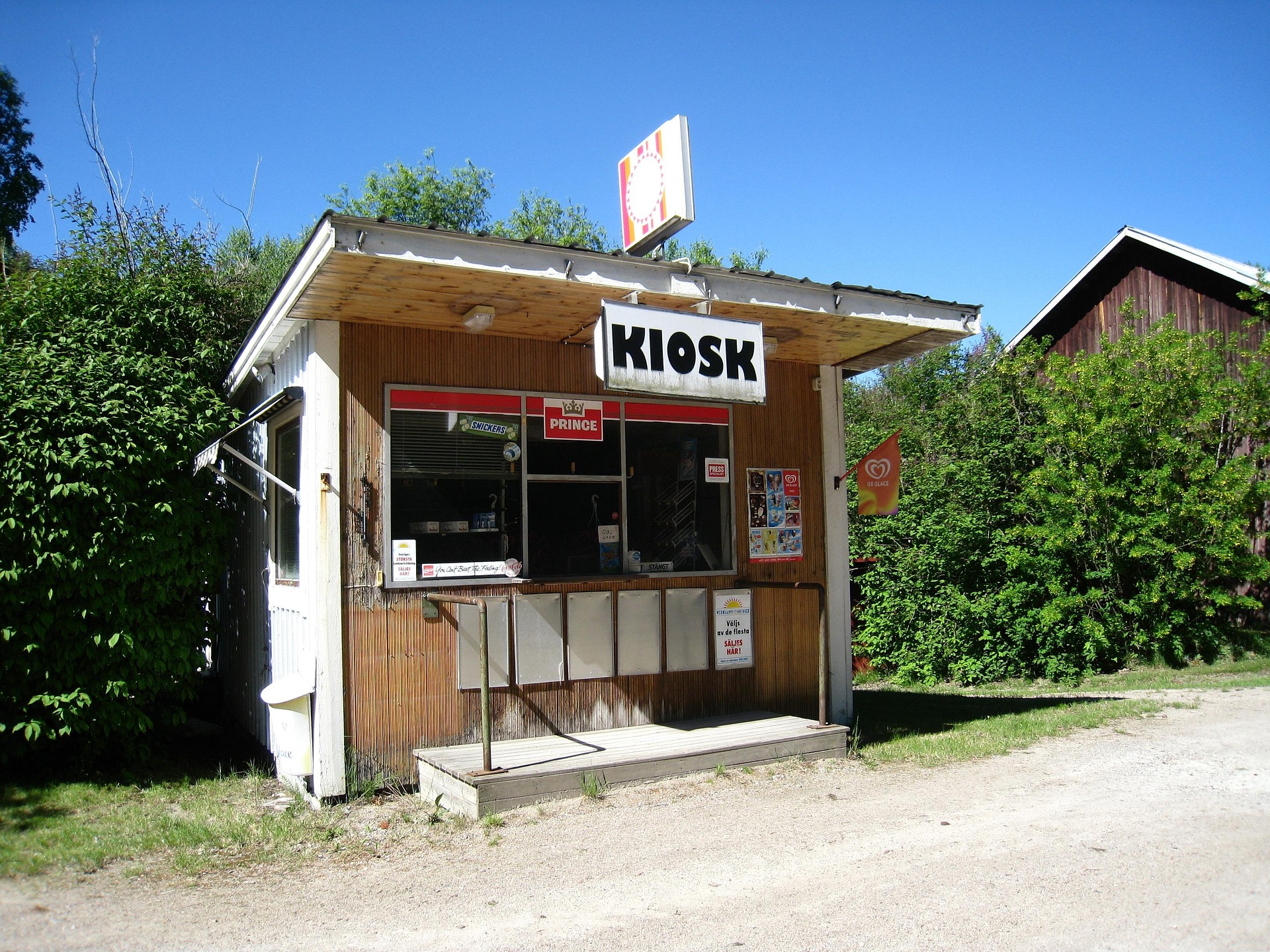25 KPI Examples for Sales, Marketing, Finance, and HR

October 7, 2025

Key performance indicators (KPIs) are strategic metrics used to gauge business success. They’re the most important data points that you track to measure whether your business is on track to meet goals or at risk of missing them.
The right KPIs can serve as a guiding light for your business, supporting financial strategy, business development, marketing initiatives, customer service, and more. They’re designed to help you set business goals and meet them on your preferred timeline, so you’re not just spinning your wheels doing the same bare minimum to cover costs and never grow.
The best way to understand what KPIs are and how they work is to see them in practice. So, we’ve broken down 25 examples of KPIs, from the key metric to the value a business might apply to it to monitor success.
Financial KPIs
These KPIs are crucial for understanding the organization’s overall profitability and financial stability.
| Metric | KPI | Example |
|---|---|---|
| Net Profit Margin | Profitability Ratio | Increase Net Profit Margin to 15% or higher by the end of the fiscal year. |
| Customer Acquisition Cost (CAC) | Cost Efficiency | Reduce the average Customer Acquisition Cost to below $50 per new customer within the next quarter. |
| Customer Lifetime Value (CLV) | Customer Value Growth | Achieve an average Customer Lifetime Value of at least $500 per customer within 18 months. |
| Operating Cash Flow | Liquidity | Maintain positive Operating Cash Flow of over $1,000,000 in every reporting period. |
| Return on Investment (ROI) | Investment Effectiveness / Resource Management | Ensure that all major marketing campaigns generate an ROI of 3:1 or better. |
Sales KPIs
These KPIs help understand a sales team’s effectiveness to give you greater insight into sales strategy and efficiency.
| Metric | KPI | Example |
|---|---|---|
| Sales Growth Rate | Year-Over-Year Revenue Growth | Achieve a minimum 20% Sales Growth Rate for the current fiscal year. |
| Sales Pipeline Coverage | Pipeline Health Ratio | Maintain a Sales Pipeline Coverage ratio of at least 4:1 relative to the quarterly sales target. |
| Win Rate | Sales Team Effectiveness | Increase the overall Win Rate on qualified opportunities from 25% to 30% by year-end. |
| Average Deal Size | Revenue Quality Optimization | Raise the Average Deal Size to over $75,000 within the next six months through strategic pricing and product bundling. |
| Sales Cycle Length | Time-to-Close Efficiency | Reduce the Average Sales Cycle Length for enterprise deals from 90 days to 75 days. |
Marketing KPIs
These KPIs assess the quality of your marketing initiatives and inform branding and marketing investment decisions.
| Metric | KPI | Example |
|---|---|---|
| Website Conversion Rate | Customer Acquisition Growth | Increase the overall Website Conversion Rate for key landing pages from 4% to 6% within the next 90 days. |
| Lead-to-Customer Ratio | Marketing Quality Score | Improve the Lead-to-Customer Ratio from 5:1 to 4:1 (meaning one customer for every four leads). |
| Marketing Qualified Leads (MQLs) | Pipeline Volume | Generate a minimum of 500 Marketing Qualified Leads (MQLs) each month. |
| Organic Search Traffic | Brand Visibility & Authority | Achieve a 40% Year-over-Year growth in non-branded Organic Search Traffic. |
| Cost Per Acquisition (CPA) | Campaign Cost Efficiency | Reduce the average Cost Per Acquisition (CPA) across all paid channels to below $150. |
Customer Service and Success KPIs
These KPIs are designed to measure how effectively you keep customers satisfied, loyal, and supported, which directly impacts long-term revenue.
| Metric | KPI | Example |
|---|---|---|
| Customer Churn Rate | Customer Retention | Reduce the Customer Churn Rate to below 5% quarterly. |
| Net Promoter Score (NPS) | Customer Loyalty | Achieve an NPS of 50 or higher by the end of the next reporting cycle. |
| First Contact Resolution (FCR) | Customer Service Efficiency | Maintain a minimum First Contact Resolution (FCR) rate of 85%. |
| Average Response Time | Customer Service Efficiency | Ensure the Average Response Time for all support tickets is under 30 minutes. |
| Customer Satisfaction Score (CSAT) | Customer Service Quality | Maintain a 90% or higher overall CSAT. |
Human Resources (HR) KPIs
These KPIs measure the health, efficiency, and productivity of the workforce, which directly impacts overall business performance.
| Metric | KPI | Example |
|---|---|---|
| Employee Turnover Rate | Talent Retention | Reduce the overall Employee Turnover Rate to 10% or below annually. |
| Time-to-Hire | Recruitment Efficiency | Lower the average Time-to-Hire for critical roles to under 35 days. |
| Training Effectiveness Rate | Development ROI | Achieve an 80% or higher post-training knowledge retention/application score. |
| Employee Engagement Score | Workforce Commitment | Increase the annual Employee Engagement Score from 72 to 78 or higher. |
| Absenteeism Rate | Workforce Reliability | Maintain the monthly Absenteeism Rate below 1.5%. |
FAQs
Yes. While it might seem smart to measure every possible metric of success, too many KPIs can lead to analysis paralysis. There’s a loss of focus when everyone is being pulled in so many different directions, which can lead to wasted resources and poor communication between teams.
Most organizations focus on 3 to 5 core KPIs per major business function.
A dashboard is a visual display of key business data, and it’s the primary tool for communicating and tracking KPIs.
Your KPIs should primarily be based on your own historical data and strategic goals, but keep industry benchmarks in mind to help you understand how you’re tracking against the competition.
Take a look at our news on Business Essentials

 by Nick Perry
by Nick Perry

 by Nick Perry
by Nick Perry

 by Nick Perry
by Nick Perry

 by Nick Perry
by Nick Perry

 by Shanel Pouatcha
by Shanel Pouatcha

 by Nick Perry
by Nick Perry

 by Nick Perry
by Nick Perry

 by Nick Perry
by Nick Perry

 by Sandra Robins
by Sandra Robins

 by Shanel Pouatcha
by Shanel Pouatcha

 by Nick Perry
by Nick Perry

 by Nick Perry
by Nick Perry